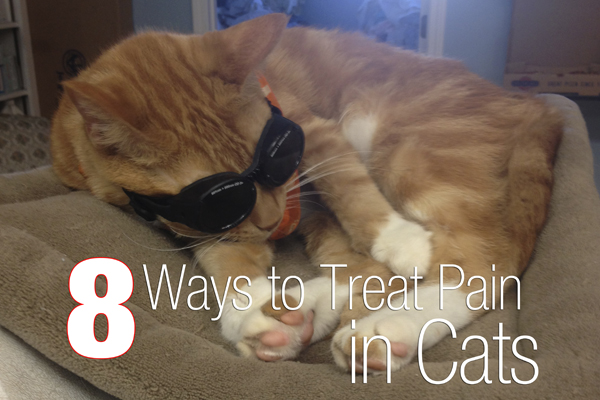Guest Post by Bonnie Brown, CCRP, VMD from Gotham Veterinary Center
We have added an early lameness detection diagnostic tool, Stance Analyzer, at Gotham AH. It has been a very useful tool in our practice and helps with:
- Early detection of lameness
- Provides data to prove treatment efficacy
- Follow progress of treatment
- Use as a scale
It helps to diagnose more subtle lameness by demonstrating the distribution of weight on all four limbs of the patient. It has convinced several pet owners the importance of starting rehabilitation therapy when they saw the discrepancy in their pet’s weight bearing.
The objective data the Stance Analyzer provides is the baseline evaluation to determine if the therapy we are using is effective or if we need to alter the treatment modalities and exercises. The Stance Analyzer also provides the pet owners a visual representation of the data while it monitors their pet’s progress as the analysis is repeated every three weeks. It is very simple to use and space efficient and doubles as a scale.
Guest Post by Bonnie Brown, CCRP, VMD from Gotham Veterinary Center
At Gotham AH, we certainly do use our laser for the treatment of Osteoarthritis but we have also discovered so many other very successful uses for the laser. This includes post-surgical incisions and surgical dental extractions for pain relief and faster healing. However, the following 3 conditions respond very well with laser therapy:
- Lacerations
- Bite wounds
- Skin tears
The response has been nothing short of miraculous! Previously when any laceration or bite wound came into the hospital it would almost always end up in surgery with full anesthesia.
My first experience with a significant laceration on a dog that was bitten by another dog in the park and had suffered an ~ 8cm laceration that extended deep into the muscle. The dogs owner did not feel comfortable agreeing to anesthesia and surgery and so I spoke to her about laser therapy. She was thrilled to have another option that was less invasive. I explained that we would laser three times weekly and that full healing might take 4-6 weeks because of the depth of the wound. The owners were thrilled we had an option other than surgery. We began a 3x per week treatment protocol and would show them the progress at each visit and by the 9th session (3 weeks later) the laceration had filled in and was much more superficial and was about one-third of it’s initial size. By the end of week four it had completely healed. We now routinely offer laser as the first option for many wounds and lacerations
8 Ways to Treat Pain in Cats
Guest Blog by Jeff Smith, DVM, CCRP, Middletown Animal Hospital, Middletown, CA




